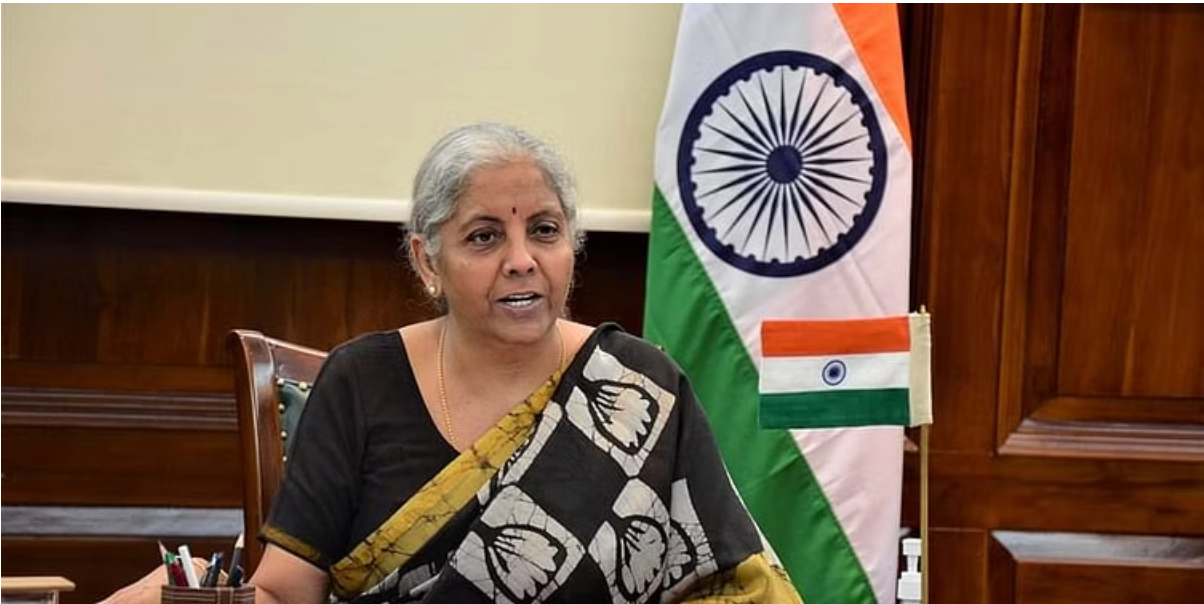Retail isn’t dead. It just needs a better story


Every time an ‘ecommerce vs retail’ debate arises, headlines sound as if physical stores are a thing of the past. Yet the truth couldn’t be more different. In India, retail isn’t fading, it’s transforming. What’s evolving isn’t the need to shop, but how we want to shop. Personally connecting with a brand is becoming more important than convenience, and storytelling in-store is where the difference shows.
Step into a legacy store in Delhi, Mumbai, or any other city, and you will instantly understand this shift. It’s not just clothes and home décor, it’s a reflection of India’s art and craft traditions. Live fabric displays, craft sessions, and locally sourced storytelling all combine to create a cultural experience. Shoppers don’t just buy products, rather they absorb the heritage. It’s meaningful, immersive retail that a screen alone cannot replicate. That sense of immersion is what makes experiential retail so powerful in today’s India.
Several brands have launched flagship stores outfitted with product displays one can touch, and event spaces that invite one to linger. Mumbai’s Broadway experiential store in Ambience Mall offers more than shoes or accessories; it offers a community and discovery, prompting shoppers to spend more time there and leave with memories that last. Despite this, all that effort counts only when there’s a human touch. Shoppers may walk in for a product, but they stay for the welcome, the guidance, and the personal connection.
According to a global shopper study by Zebra Technologies, a US-based IT services and consulting company, 77% of Indian consumers prefer retailers offering tailored recommendations and innovative AI-driven experiences.
Imagine walking into a store and being greeted by name, or having a sales representative suggest products that match your style. It feels thoughtful. That’s what real loyalty looks like. Digital-first D2C brands in India are acknowledging the power of offline presence. Online growth is great, but establishing a pop‑up, or a full-fledged store sends a message: “We’re real. We’re committed.” And that’s what the consumer notices.
What the brand stands for matters
Consumers today are far more aware and often return to brands they resonate with. That connection goes beyond just convenience or personalisation; it’s also rooted in what the brand stands for. The same shopper who appreciates a tailored experience is now asking deeper questions: What does this brand believe in? What kind of impact is it making?
This is especially true for the younger generation, which includes Gen Z and millennials, who are both conscious and cautious with their trust. They’re not only looking for a nice product. They are interested in the history and principles of a brand. These customers are drawn to the company and its mission because of its purpose and consideration. In such spaces, people stop, explore, and spend time at the store.
Also, with integrations like smart mirrors, virtual try-ons, and personalised suggestions, technology has made the experience more fun and engaging. It’s not just shopping anymore; it’s about feeling connected to the brand and enjoying the process.
Building on that, the retail experience also carries a deeper responsibility, which is educating the customers about the brands. As consumers grow more mindful of their choices, sustainability is no longer a trend but a value system. Generation Z, in particular, actively seeks out environmentally friendly options, such as recycled clothing and travel bags, vegan leather, carbon-neutral packaging, and beauty store refill stations.
Physical retail becomes an effective platform for communicating this through signage, design decisions, and people educated to explain the ‘why’ behind the product. Even in food and beverage, the shift toward eco-conscious consumption is clear. And stores have a vital role to play in building trust, raising awareness, and proving that purpose-led shopping can also be exciting.
Thoughtful design
Indian retailers are experimenting with mirrors and AR setups. These are ways to blend online and offline storytelling into one seamless journey. According to McKinsey data, personalisation increases customer satisfaction by 20%, conversion by 10–15%, and staff engagement by 20–30%. In a cluttered marketplace where dozens of brands are available online, retail spaces allow a story to breathe.
A shopper who steps into a store is more likely to revisit the store than someone browsing the same brand’s website because context counts, atmosphere leaves an impression, and human connection makes a real difference. Here, brick-and-mortar gives brands a chance to signal scale, trust, and enduring value.
Think about how some stores are thoughtfully designed to reflect every detail of the brand. Some brands go a step further, crafting immersive retail experiences that invite you to linger, explore, and connect. Others use thoughtful gestures, like gifting plants during a store launch, to leave behind a memory. These aren’t just clever marketing moves—they’re deliberate choices that bring a brand’s values to life in the real world.
Retail is fundamentally human
Brands also have a powerful opportunity to make the shopping experience more personal and rewarding. A customer walking into a store is choosing to give you their time, and that time deserves acknowledgement. It could be as simple as offering early access to a new collection, a small discount on their next visit, or a pass-along offer for a family member. These simple actions indicate a larger intent: the brand sees the individual, not just the transaction.
The future of retail will not be simply immersive and sophisticated, but also fundamentally human. And that is what keeps people coming back.
At the end of the day, retail is not dead. It’s reinventing itself as a stage. A stage for storytelling, for sensory engagements, for meaningful interactions. Brands that choose this path aren’t just selling, they’re inviting people to become a part of their story. For startups and legacy brands alike, the question is simple: Will your retail space speak or just sell?
The author is Head of Marketing at uppercase, a sustainable luggage brand.
Edited by Swetha Kannan
(Disclaimer: The views and opinions expressed in this article are those of the author and do not necessarily reflect the views of YourStory.)
Discover more from News Hub
Subscribe to get the latest posts sent to your email.







